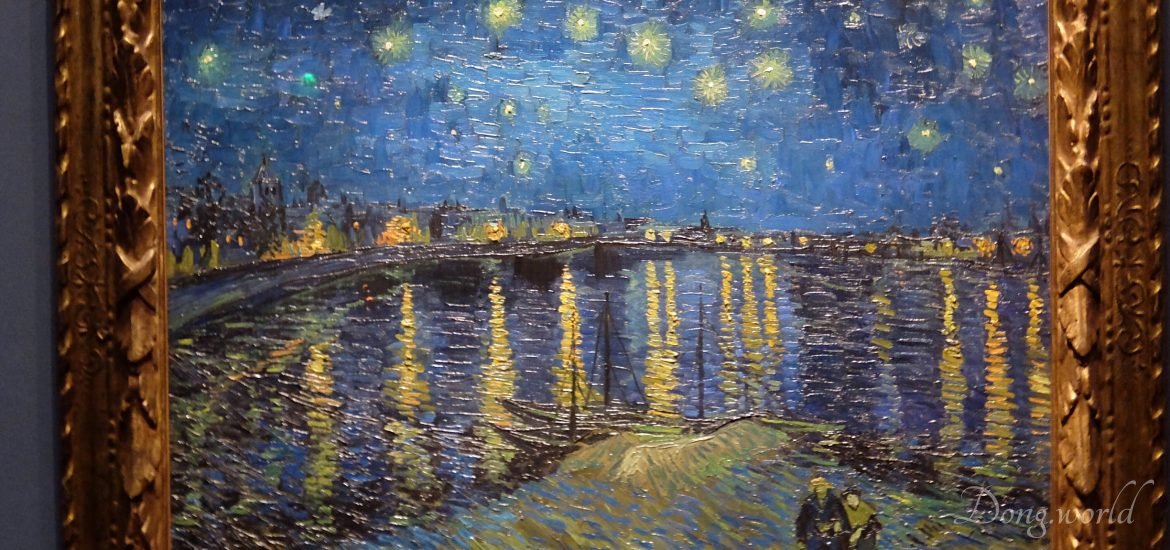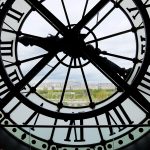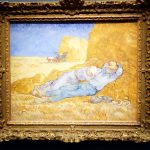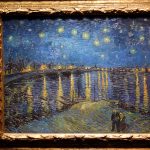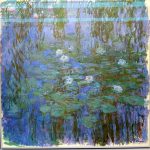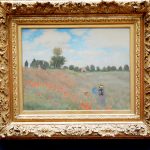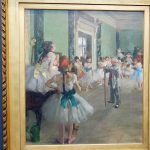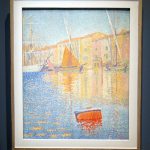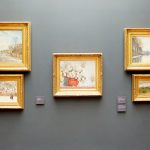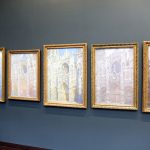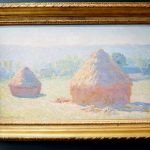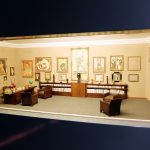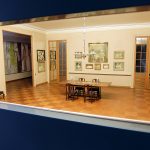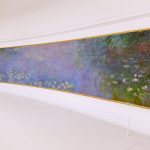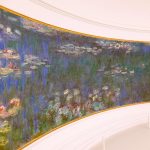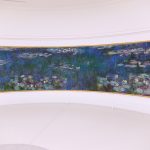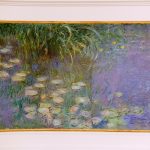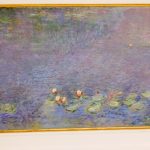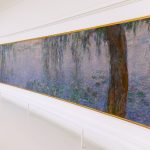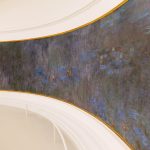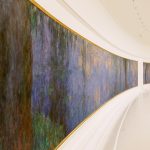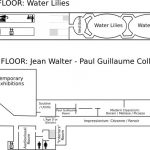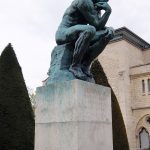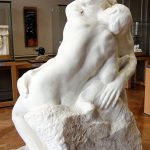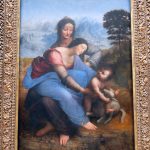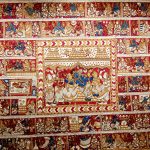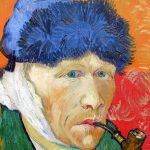From my previous post: “Hello everyone! Paris – the city of love. When I first arrived in Europe, the cities I always wanted to go are London and Paris, but I waited for more than two and a half years. I don’t know why I waited so long but fortunately I went there in May this year, finally. I have to admit, compared to other cities I’ve been to in Europe, Paris is huge. I wouldn’t suggest you explore the whole city by foot. Thanks to Paris public transportation, it is very convenient to go to most of the attractions by metro or bus, and to Versailles, by train.
I spent 5 days in Paris and I believed I made my travel plan pretty intense. However, I would’t say I’ve seen everything I wanted to see. Also, some of the places such as Louvre and Pantheon, I would definitely go and visit again. Well, I guess that’s because Paris is just not the city to be seen enough in one visit. The good thing is I’ve taken a glimpse of many places this time and when I come again I’ll know where to go. If you wanna take a close look at whole Paris, I would say your stay should be at least a week, or, just come back whenever you want to as Paris says, you’re always welcome.”
As I mentioned in my previous post, some people must be wondering why I never mentioned Van Gogh or Monet in Louvre. That’s because their masterpieces are kept in the museums I’m gonna introduce to you in this post – Musée d’Orsay, Musée de l’Orangerie & Musée Rodin.
First of all, the entry tickets to all the museums I’m gonna introduce today are included in the Paris Museum Pass and if you wanna know about the pass or public transportation tickets please click here to visit my last post “Paris – Louvre!”. They are mentioned at the beginning of the last post.
Now let’s take a look the three museums concerning opening hours, floor plan and most importantly, what you should expect there.
1. Musée d’Orsay
Musée d’Orsay was the former Gare d’Orsay, a Beaux-Arts railway station built between 1898 and 1900. Now it is home to the largest collection of impressionist and post-Impressionist masterpieces in the world. For me, this is the Louvre of art dating between 1848 and 1914. The painters of the masterpieces here include Monet, Manet, Degas, Renoir, Cézanne, Seurat, Sisley, Gauguin, Van Gogh and many more. I also suggest that you should make some reparation as for what you wanna see here and plan it in advance. Though Musée d’Orsay is not as big as Louvre, if you visit every room and look at each piece of artwork, it will also take you quite some time.
General Info
For the opening hours of Musée d’Orsay please click here to visit the official website.
For tickets (prices, concessions, free tickets, combined tickets etc.) please click here to visit the official website.
For the interactive floor plan please click here. (I have to say this page is very practical as you can type in the name of the painter or the name of the painting and the map shows you where they are. It’s a better idea to check where the artworks are before your visiting day as the location of artworks is updated every morning, before the Museum opens. I expected to see some of the paintings but I didn’t, partly because some of them were nor exhibited and also partly because I couldn’t find them……)
The Masterpieces
- Self-Portrait by Vincent van Gogh
- Dr Paul Gachet by Vincent van Gogh
- The siesta by Vincent van Gogh
- Starry Night by Vincent van Gogh
- London, Houses of Parliament by Claude Monet
- Blue Water Lilies by Claude Monet
- Poppy Field by Claude Monet
- Woman with a Coffeepot by Paul Cézanne
- The Cardplayers by Paul Cézanne
- Bathers by Paul Cézanne
- Apples and Oranges by Paul Cézanne
- The Ballet Class by Edgar Degas
- The Red Buoy by Paul Signac
To be honest, there were many more that I wanted to see but I guess some were on loan and some were not exhibited at that time. Also, as I didn’t plan the visit here perfectly, I didn’t find some of them. However, if you wanna check the works in focus please click here (you can choose either paintings, sculptures, objets d’art, photographs, or drawings and pastels).
Some Other Works
Musée de l’Orangerie
A cycle of Monet’s water-lily paintings, known as the Nymphéas, was arranged on the ground floor of the Orangerie in 1927. According to Wikipedia, “on April 12, 1922 Claude Monet signed a contract donating the Nymphéas series of decorative panels painted on canvas to the French government, to be housed in redesigned, oval rooms at the Orangeries. With input from Monet, the head architect at the Louvre, Camille Lefèvre, drafted new plans and elevations in 1922 to house Monet’s large Nymphéas canvases, incorporating natural light, plain walls, and sparse interior decoration.”
These 8 panels include: The Water Lilies: Morning with Willows, The Water Lilies: Trees Reflections, The Water Lilies: The Clouds, The Water Lilies: Clear Morning with Willows, The Water Lilies: The Two Willows, The Water Lilies: Setting Sun, The Water Lilies: Green Reflections and The Water Lilies: Morning.
When you enter, don’t forget to get an info leaflet about the 8 water lilies’ paintings. On the leaflet there is introduction about how to appreciate them. As I don’t have the leaflets anymore, I’ll copy some descriptions from the official website: “He planned out the forms, volumes, positioning, rhythm and the spaces between the various panels, the unguided experience of the visitor through several entrances to the room, the daylight coming in from above that floods the space when the sun is out or which is more discreet when the sun is masked by clouds, thus making the paintings resonate according to the weather…”
“The dimensions and area covered by the painting envelop the viewer in over nearly 100 linear metres, where a landscape of water punctuated with water lilies, willow branches, reflections of trees and clouds unfolds, creating “the illusion of an endless whole, of a wave with no horizon and no shore” as Monet put it.”
If you are interested and wanna know more about the 8 water lilies paintings here, please click here to visit the official website.
I didn’t know how to appreciate them at the beginning, but when I entered, I just felt the whole atmosphere is so relaxing. Take a seat in the middle and look around, you will feel everything is so peaceful and tranquil (of course if there are not too many people).
To be honest, the 8 panels are the reason I chose to visit this museum. However, if you are interested, this museum also contains works by Paul Cézanne, Paul Gauguin, Henri Matisse, Pablo Picasso, Henri Rousseau dit Le Douanier, Alfred Sisley, Maurice Utrillo and many more.
If you are interested in what artworks are there on the lower floor please click here for more info.
Musée Rodin
If you already see the pictures below I don’t suppose you wanna ask who’s Rodin. Actually, the only works I know about him are The Thinker and The Gates of Hell. Since I had the Museum Pass I decided to come and have a look. Since I’m not really familiar with his other works I didn’t spend too much time here. However, if you are interested in Rodin, I think it’s worth your visit.
The masterpieces include The Thinker, The Gates of Hell, The Kisser and The Three Shades.
- If you wanna know about opening time, tickets (prices, reduced ticket, free ticket) please click here.
- If you wanna know more about other masterpieces please click here.
Finally I finished with the museums I visited in Paris. What would the next post be about? All I can tell you is, not yet Eiffel Tower. 😛
